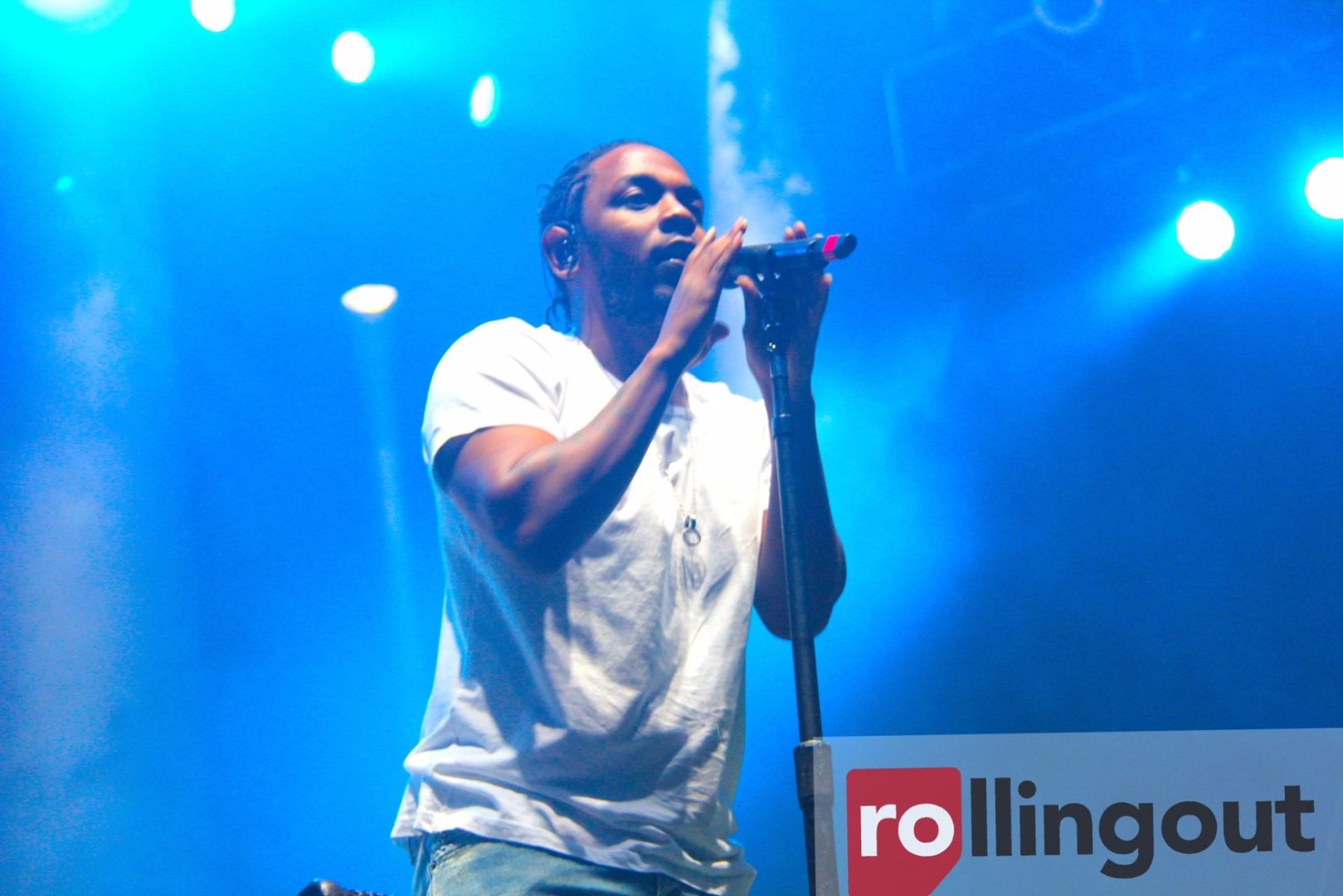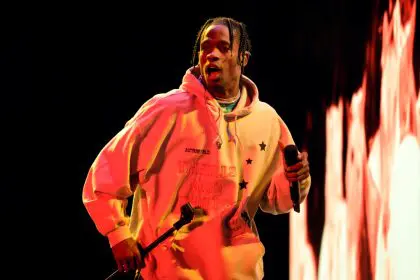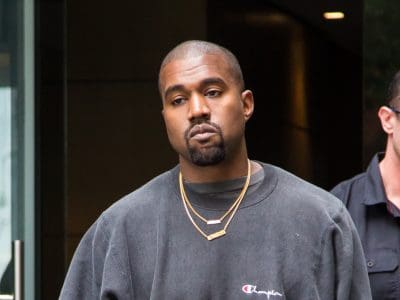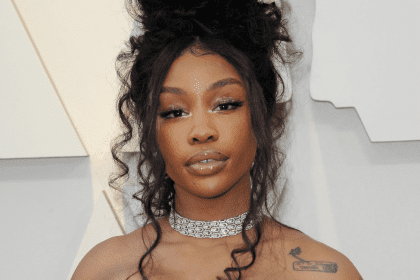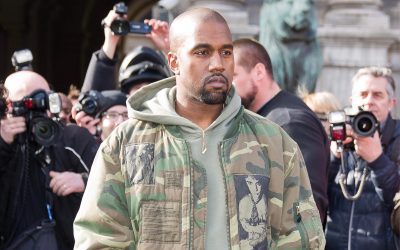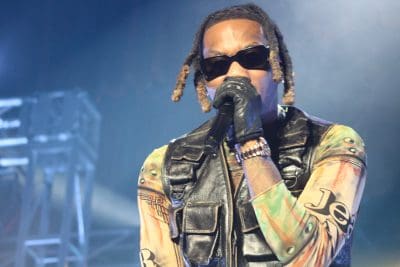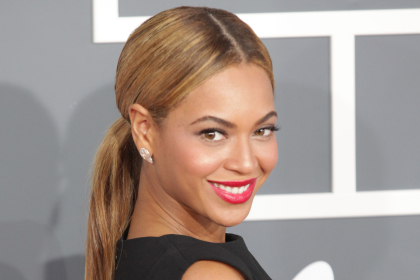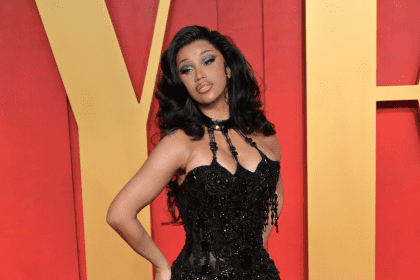Kendrick Lamar’s performance at the Super Bowl Halftime Show on February 9 drew 133.5 million viewers worldwide but also generated 125 formal complaints to the Federal Communications Commission, according to reports from TMZ Sports.
The complaints highlighted several controversial elements of the rapper’s performance, ranging from concerns about family-friendly content to accusations of personal attacks against fellow artist Drake.
Viewers voice concerns over content
The FCC complaints revealed widespread discomfort among some viewers about the suitability of Lamar’s performance for a family audience. Many expressed disappointment with what they perceived as explicit language and inappropriate themes during prime-time viewing hours when children might be watching.
This reaction continues a pattern of scrutiny directed at Super Bowl halftime performers, particularly artists from marginalized communities who address controversial themes. For context, the number of complaints falls significantly below the 1,300 received following Jennifer Lopez and Shakira’s 2020 performance but aligns more closely with the feedback after Rihanna’s show.
Political imagery triggers backlash
Several viewers took issue with visual elements of the performance, specifically highlighting imagery of a split American flag that appeared during the set. This visual choice was interpreted by some complainants as a divisive political statement inappropriate for the venue.
The use of national symbols in entertainment has long been a flashpoint for controversy in American culture, with performers often navigating the fine line between artistic expression and political commentary. Lamar’s performance appears to have crossed that line for some viewers who preferred to keep politics separate from their sports entertainment.
Drake feud takes center stage
At least 10 of the formal complaints specifically mentioned Lamar’s apparent references to his ongoing feud with Canadian rapper Drake. Some viewers felt the Super Bowl was an inappropriate platform for settling personal vendettas between artists.
The most serious accusation came from complainants who believed Lamar made unfounded allegations against Drake during his performance of “Not Like Us.” According to these viewers, the performance contained implications that constituted character assassination rather than artistic expression.
Associated figures face criticism
The controversy extended beyond Lamar himself to other celebrities associated with the performance. Tennis champion Serena Williams faced criticism in some complaints for allegedly promoting “gang affiliation” through her appearance.
Additionally, Kanye West’s commercial, which aired in select markets during the broadcast, generated its own negative feedback, further complicating the reception of the overall entertainment package surrounding the game.
Cultural impact versus controversy
Despite the formal complaints, the massive viewership numbers tell a different story about Lamar’s cultural relevance. With 133.5 million viewers globally, the performance clearly resonated with a significant audience, highlighting the rapper’s position as one of music’s most influential voices.
This tension between critical acclaim and controversial reception has been a constant throughout Lamar’s career. As a Pulitzer Prize-winning artist known for addressing complex social issues in his work, Lamar has consistently used his platform to spark discussions about race, politics, and contemporary American culture.
Balancing artistic expression and mainstream appeal
The reaction to Lamar’s halftime show raises broader questions about the expectations placed on performers at mainstream events like the Super Bowl. Artists must balance their artistic integrity with the understanding that they are performing for an incredibly diverse audience with varying sensibilities.
For performers from marginalized communities, this balance often involves additional scrutiny, as their work is frequently interpreted through political lenses regardless of intention. Lamar’s performance and the subsequent reactions demonstrate how difficult this navigation can be, even for established artists with critical acclaim.
The dialogue surrounding his show ultimately reflects broader societal issues, particularly within the African American community, where artists often grapple with the implications of their work being simultaneously celebrated and criticized for its authenticity and messaging.
As the entertainment industry continues to evolve, the conversation about appropriate content for widely viewed events like the Super Bowl Halftime Show will likely remain contentious, with artists like Lamar at the center of these cultural debates.

